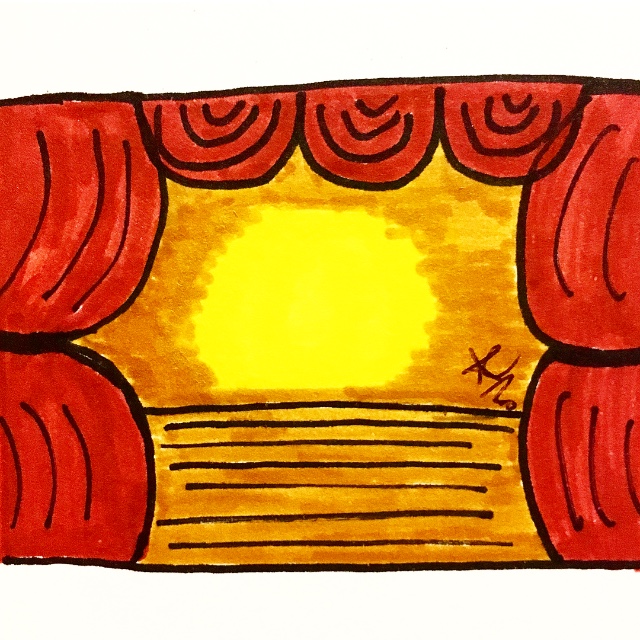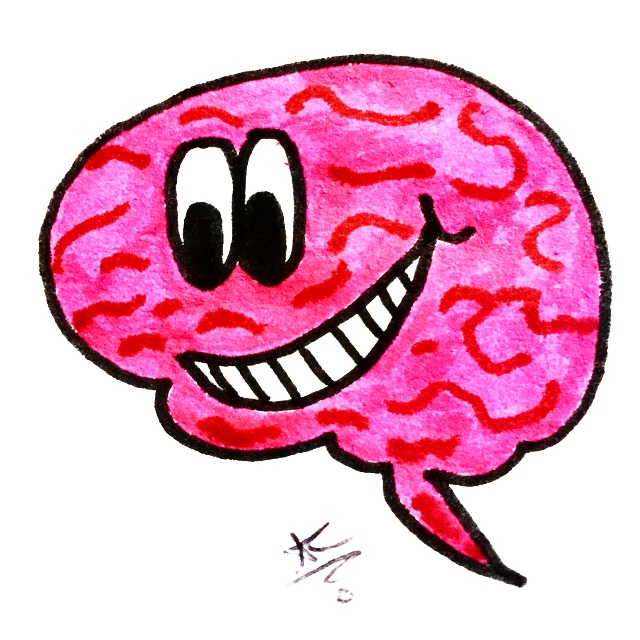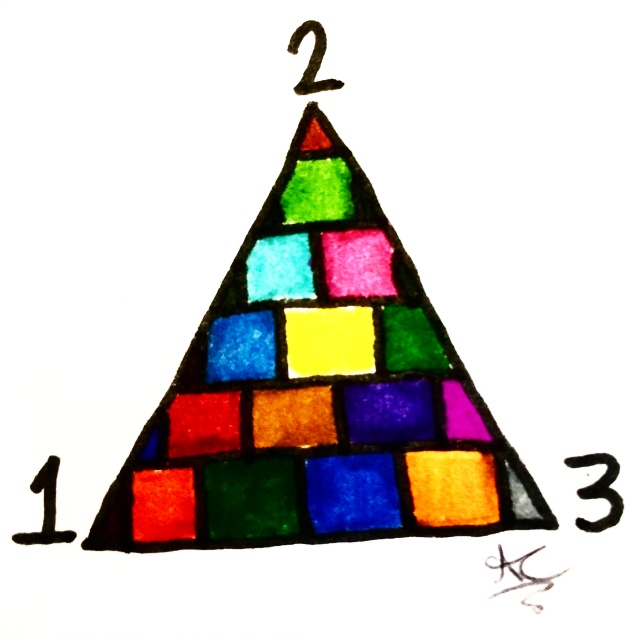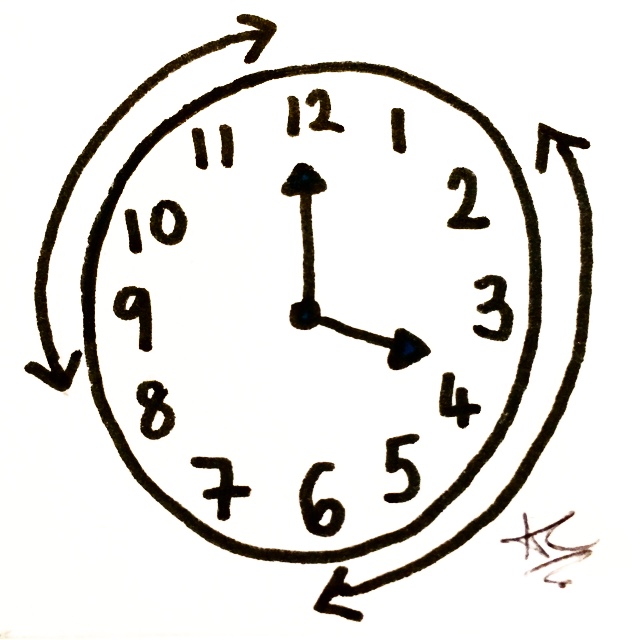Form & Structure
Play
Wilde wrote The Importance of Being Earnest to be performed on stage, in front of a paying audience. Using a combination of language, stage directions, props and costumes, Wilde builds a world in the play that represents his views on the society he lived in. The play was written by Wilde to be intentionally humorous, using a mixture of forms that demonstrate his comedic ability. There have been multiple adaptations of the play since it was performed, on both stage and screen, each bringing its own interpretation of the original script by the director at the time.
Satire
As a comedy of manners, The Importance of Being Earnest gives a satirical portrayal of the behaviour of members in a particular social group, in this case those of the upper class who split their time between country and city living. The satirical nature of the play comes from Wilde’s mixed use of humour, irony, exaggeration and ridicule to expose and criticise the stupidity or vices of his characters. Wilde chooses to set the play in a contemporary context of the late Victorian era, showing that his script specifically addresses the political and social issues of his time.
Social Comedy
The Importance of Being Earnest can be seen as a social comedy because of the way in which Wilde sacrifices the plot for witty dialogue and a sharp social commentary. Instead of featuring a big scandal at the centre of the play’s plot, which would typically feature in a comedy of manners, Wilde limits his play’s length and the number of characters involved in the single plot line. This gives Wilde more time and space to create dialogues between the characters that are at times clever, amusing, and clearly referring to the society at the time.
Farce
Wilde’s play can be labelled a farce because of its highly exaggerated, extravagant, improbable content that provides massively entertaining situations presented on the stage. One example of such a situation would be the tense exchange between Gwendolen and Cecily when they think they are both engaged to the same ‘Ernest’, whilst the audience are very well aware that is not the case. There is a level of intellectual farce present in the play also, as many of the characters falsely believes they are intelligent, but only produce profoundly ridiculous and irrational thoughts and beliefs in their speeches and conversations.
Melodrama
In many ways the play can be considered a melodrama, as it contains moments of drama interspersed with moments of excitement, both exaggerated by the events that take place and the characters present. In The Importance of Being Earnest the audience are constantly tugged between happiness and heartache for the main characters of the play as they navigate around the confusion of their identities to finally reach their happy endings. Wilde stereotypes his characters to represent the society of his time, which adds another layer of melodrama to his play as his characters become at times predictable in their downfalls.
Acts
There are only three acts in The Importance of Being Earnest, making it a relatively short play and therefore quick in pace, as well as condensed and concise in its plotting. The Freytag Pyramid of a five-part structure to the play can also be condensed to describe Wilde’s work: Act 1 features the introduction of the characters and setting, as well as showing the rising action of the obstacle against Jack’s engagement to Gwendolen. Act 2 features the major conflict and climax of both ladies discovering they have been lied to by the men. Finally Act 3 contains the falling action and resolution, with Jack discovering his true identity and lineage.
Foreshadowing and Exposition
The use of foreshadowing is a typical feature for comedies on the stage and in particular domestic melodramas. In The Importance of Being Earnest, Wilde especially uses objects such as Miss Prism’s misplaced novel to foreshadow events to come in the play in relation to Jack’s identity. Wilde also uses ideas, such as Cecil and Gwendolen calling each other ‘sister’, or Jack creating a fictional brother called ‘Ernest’ who Algernon then takes the identity of, as a way of hinting at future prospects and developments in the plot. Furthermore, Wilde intentionally leaves out information for the audiences to figure out and then eventually fills the gaps with explanations of past situations in the final Act.
- What are some of many comedic forms Wilde uses in his play?
- Your answer should include: Comedy / Manners / Satire / Social / Comedy / Farce / Intellectual / Farce
- What do melodramas typically feature?
- Your answer should include: Exaggerated / Moments / Excitement / Drama / Stereotypical / Characters
- How does Wilde use intellectual farce for comedic effect? (six sentences)
- Your answer should include: Jack / Ernest / Young / Brother / Christening / Gwendolen / Marriage / Cecily / Confusion / Algernon / Mistaken / Identity






